Sant Cugat del Vallès is a town not far from Barcelona in the region of Vallès Occidental. Its monumental heritage and surviving structures of centuries past are surrounded by both natural areas and modernity. Sant Cugat del Vallès is also a popular place for nature lovers with its main park located in the center of urban life, serving as the main green area of the town. If you’re considering a visit to Sant Cugat del Vallès, here are some of the main sights to see in the area.
Related article: Discover the District of Horta-Guinardó
Table of Contents
A Brief History



Photo by victordp.91 via Visualhunt
While there have been several archaeological findings in the area near Sant Cugat that date back to 2000 BC, the origins of the city go back to the Roman fortress of Castrum Octavianum in the 4th century. It is named after Saint Cucuphas, or Sant Cugat in Catalan, who was martyred where the monastery was built around the year 304 AD. For centuries, it was primarily a village outside Barcelona where Benedictine monks stayed near other villages along the outskirts of the city. Recently, Sant Cugat’s population has risen from 35,000 in the 1980s to over 87,000 today. It has become an affluent suburb near the towns of Rubí and Cerdanyola del Vallès. Considering the current political atmosphere of the region, the town has also been a stronghold for Catalan nationalism and independence.
Places of Interest
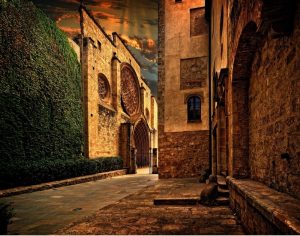


Photo by Jose Luis Mieza Photography via Visualhunt
The Monastery of Sant Cugat is a Benedictine abbey from the 9th century that was continuously expanded and restored all the way until the 17th century. In 1835, the monastery was abandoned by the monks, but later restored and declared a National Monument in 1931. The main features of the monastery are its cloister, a notable piece of Romanesque art, its Gothicesque atrium and entrance, and its large rose glass facade.
The Sant Cugat Museum is a preservation center for the historic, artistic, and cultural heritage in the area. Opened in 2003, it’s part of the Barcelona Provincial Council Local Museum Network that preserves the heritage and history of towns like Sant Cugat. The monastery is the museum’s centerpiece, although it also consists of Casa Aymat, a former tapestry factory, and the Celler Modernista, a wine production center that has exhibitions about its history and that of the town.
Where to Eat



Photo via Pixabay
Like the rest of Barcelona’s nearby surroundings, Sant Cugat has its own unique of eateries for locals and tourists to enjoy. Restaurante 9 Reinas, or Nine Queens, is a great Argentine restaurant that serves juicy steaks in a calm atmosphere with excellent service. Bodega Tomas specializes in Mediterranean cuisine with their entrees suitable for all types of dietary restrictions. Pizzeria Parandu is an inexpensive place for artisan pizza made with homemade ingredients. Finally, L’Argenti Sant Cugat specializes in gourmet-style empanadas with all the fixings you can imagine inside.
Related article: Discover the District of Eixample
Districts and providences all along the outskirts of Barcelona’s core have a lot to show off for visitors and Barcelona natives alike. In Sant Cugat, residents are very proud of their unique local heritage that is distinct and independent from the rest of Barcelona.
Looking for an apartment in the city? ShBarcelona can help you find the perfect one.
*Main photo by Catalan Art & Architecture Gallery (Josep Bracons) via Visualhunt









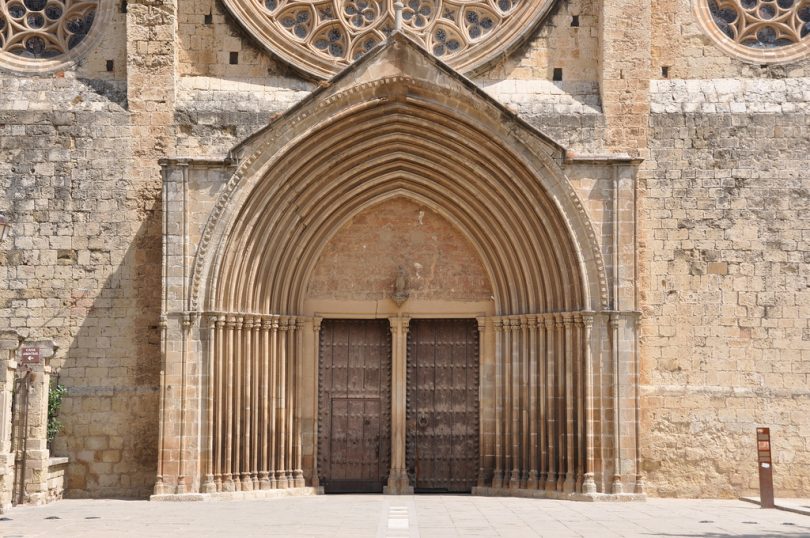
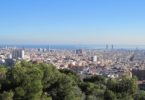
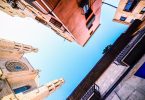

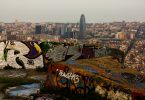

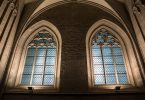
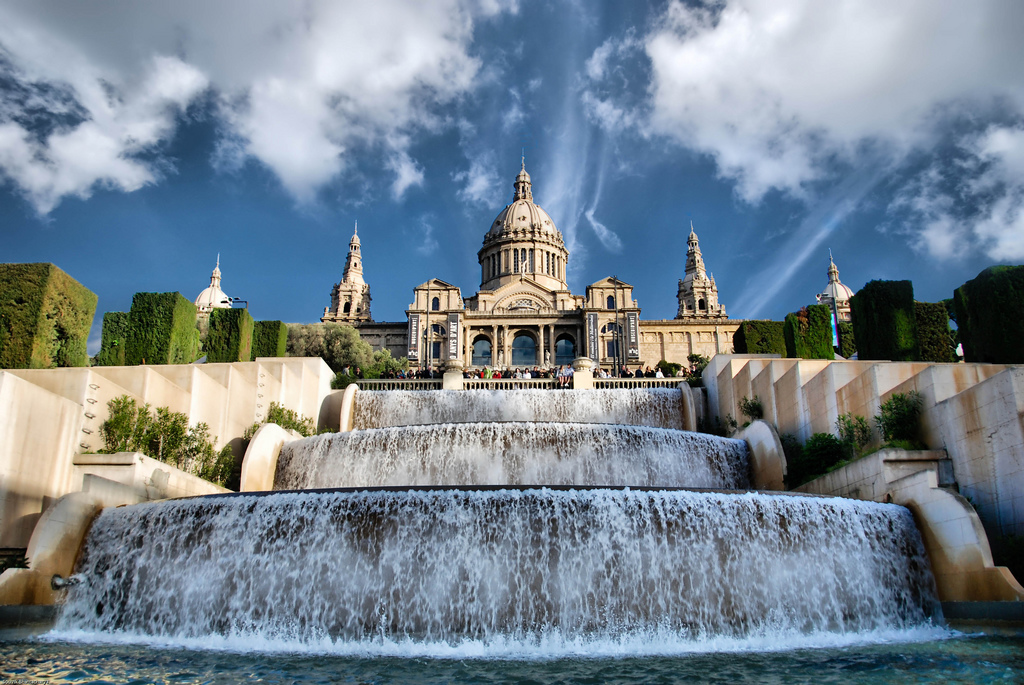
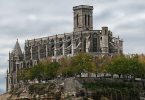
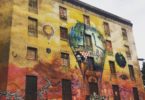
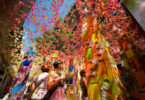

Leave a Comment